Understanding JP Morgan’s Large-Cap Strategy for Portfolio Growth
JP Morgan Large-Cap Strategy: Investment Approach and Market Insights
JP Morgan’s large-cap strategy focuses on investing in well-established companies with strong financial fundamentals and long-term growth potential. Large-cap stocks play a crucial role in portfolio management, offering stability, dividend income, and resilience during market fluctuations. JP Morgan employs a disciplined investment approach, emphasizing stock selection based on valuation metrics, risk management, and sector diversification. Their strategy aims to optimize returns while minimizing volatility, making large-cap stocks a reliable choice for institutional and retail investors seeking consistent market exposure.
Core Components of JP Morgan’s Large-Cap Strategy
JP Morgan’s large-cap strategy focuses on selecting financially strong companies with sustainable growth potential. The firm evaluates stocks based on key valuation metrics such as price-to-earnings (P/E) ratio, price-to-book (P/B) ratio, and dividend yield. Companies with stable earnings, competitive advantages, and strong cash flow are prioritized for inclusion in the portfolio. Stocks such as Microsoft MSFT and Johnson & Johnson JNJ exemplify JP Morgan’s approach, demonstrating resilience and long-term value creation.
The firm employs a disciplined approach to mitigate volatility by spreading investments across various sectors, including technology, healthcare, and consumer goods. This diversification reduces exposure to sector-specific risks while maintaining portfolio stability. JP Morgan also integrates macroeconomic analysis to adjust allocations based on market conditions, ensuring optimal risk-adjusted returns. Companies such as JPMorgan Chase JPM and Procter & Gamble PG are included for their ability to withstand economic fluctuations and deliver consistent shareholder value. Historical performance highlights JP Morgan’s success in managing large-cap investments. The firm’s strategy has consistently outperformed benchmarks by focusing on companies with strong fundamentals and growth potential. Over the past decade, JP Morgan’s large-cap portfolio has demonstrated resilience during market downturns while capitalizing on recovery phases.
Sources:
JP Morgan Asset Management
Morningstar
Morgan Stanley
Benefits of JP Morgan’s Large-Cap Strategy
JP Morgan’s large-cap strategy emphasizes stability and long-term growth potential, making it a preferred choice for investors seeking reliable returns. Large-cap stocks selected under this strategy typically exhibit strong financial fundamentals, steady earnings, and market leadership. Companies such as Microsoft MSFT and Johnson & Johnson JNJ align with JP Morgan’s approach, demonstrating resilience and consistent shareholder value creation. Dividend income plays a crucial role in JP Morgan’s large-cap strategy, reinforcing investor confidence and wealth accumulation. Many large-cap stocks included in JP Morgan’s portfolio prioritize dividend payouts, ensuring steady income streams for shareholders. Companies such as Procter & Gamble PG and JPMorgan Chase JPM have maintained strong dividend yields, making them attractive for income-focused investors.
Large-cap stocks selected under JP Morgan’s strategy exhibit defensive characteristics during market downturns, providing stability when economic conditions fluctuate. Their established market presence and strong financial health enable them to withstand recessions better than smaller companies. Investors often turn to JP Morgan’s large-cap strategy as a safeguard against volatility, relying on its disciplined stock selection and risk management principles. Companies in sectors such as healthcare, consumer staples, and finance have historically demonstrated strong defensive traits, reinforcing their role as essential components of diversified portfolios.
Sources:
JP Morgan Asset Management
Morgan Stanley
Yahoo Finance
Investment Strategies for Large-Cap Stocks
A well-balanced portfolio includes exposure to multiple sectors such as technology, healthcare, finance, and consumer goods to mitigate risk. Investors often allocate a significant portion of their holdings to large-cap stocks due to their stability and consistent returns. Exchange-traded funds (ETFs) tracking large-cap indices, such as the S&P 500, provide diversified exposure while reducing individual stock risk. Companies like Microsoft MSFT and Johnson & Johnson JNJ exemplify strong large-cap investments, offering financial resilience and long-term growth potential. Balancing risk and reward in large-cap investments requires careful analysis of valuation metrics and market conditions. While large-cap stocks provide stability, their growth potential may be slower compared to mid-cap and small-cap companies. Investors should assess financial health, dividend sustainability, and sector trends before allocating capital. Companies such as JPMorgan Chase JPM and Procter & Gamble PG have historically demonstrated strong performance, reinforcing the appeal of large-cap investing.
Experts emphasize the importance of long-term investment strategies when selecting large-cap stocks. These companies often serve as foundational assets in diversified portfolios, providing security during market fluctuations. Analysts recommend focusing on financial stability, dividend yields, and sector trends to maximize returns. While short-term volatility may occur, large-cap stocks remain a reliable investment option for those seeking steady growth and portfolio resilience.
Sources:
Morningstar
SmartAsset
BlackRock
Future Outlook and Predictions
Large-cap stocks are expected to maintain steady performance, benefiting from stable earnings and strong financial fundamentals. JP Morgan’s large-cap strategy remains a key player in this space, leveraging its disciplined investment approach to optimize portfolio growth. Despite their stability, large-cap stocks face potential disruptions from emerging competitors and evolving industry trends. Advancements in artificial intelligence, fintech, and sustainable energy are reshaping market dynamics, introducing new players that challenge established corporations. Companies specializing in AI-driven automation and decentralized finance are gaining traction, influencing investment strategies. Additionally, regulatory changes and geopolitical factors may impact large-cap stock trajectories. Economic factors will play a crucial role in shaping the future of large-cap stocks.
Inflationary pressures, interest rate adjustments, and global trade policies influence corporate profitability and investor sentiment. The Federal Reserve’s monetary policy decisions affect borrowing costs and capital allocation, impacting stock valuations. Analysts emphasize the importance of tracking macroeconomic indicators to assess large-cap stock performance and optimize investment strategies. As markets evolve, JP Morgan’s large-cap strategy remains a cornerstone of diversified portfolios, offering stability and long-term growth potential.
Conclusion
JP Morgan’s large-cap strategy remains a cornerstone of portfolio management, offering stability, dividend income, and long-term growth potential. By focusing on financially strong companies with sustainable earnings, JP Morgan ensures resilience during market fluctuations while optimizing returns. As economic conditions evolve, large-cap stocks continue to provide investors with reliable market exposure and defensive characteristics. Investors seeking steady appreciation and portfolio security often prioritize JP Morgan’s disciplined approach to large-cap investing.
Expert Analysis
Strategic Insights on JP Morgan’s Large-Cap Investment Approach
JP Morgan’s large-cap strategy is built on disciplined stock selection, risk management, and long-term value creation. Their focus on financially strong companies with sustainable growth ensures portfolio resilience. While large-cap stocks provide stability, investors should monitor sector trends and macroeconomic shifts to optimize returns. JP Morgan’s approach remains a benchmark for institutional and retail investors seeking reliable market exposure.
📌Read More About:
Top Large Cap Stocks- https://stockbossup.com/pages/topics/large-cap
What Are Large US Cap Stocks?- https://stockbossup.com/pages/post/39045/understanding-large-us-cap-stocks-and-their-market-influence
How Many Large Cap Stocks Are There?- https://stockbossup.com/pages/post/39123/how-many-large-cap-stocks-exist-market-trends-and-investment-insights
🌐Global & Industrial Picks:
What is the ClearBridge Dividend Strategy?- https://www.stockbossup.com/pages/post/38870/clear-bridge-dividend-strategy-maximizing-income-and-growth
Is the S&P 500 All Large-Cap?- https://www.stockbossup.com/pages/post/38792/is-the-s-p-500-exclusively-large-cap-understanding-market-composition-and-investment-strategies
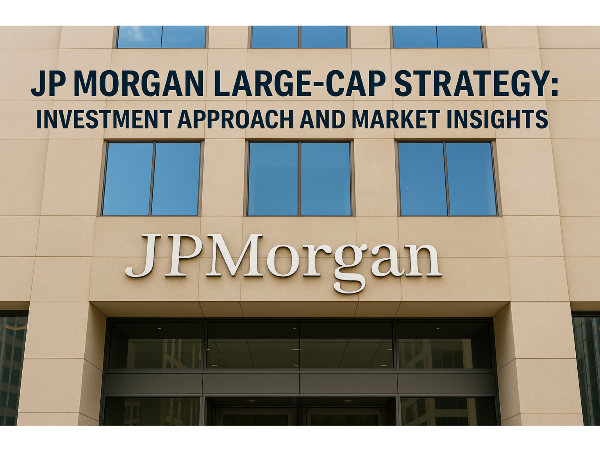


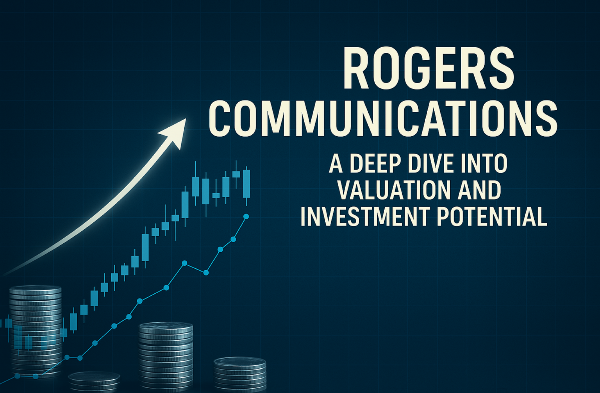
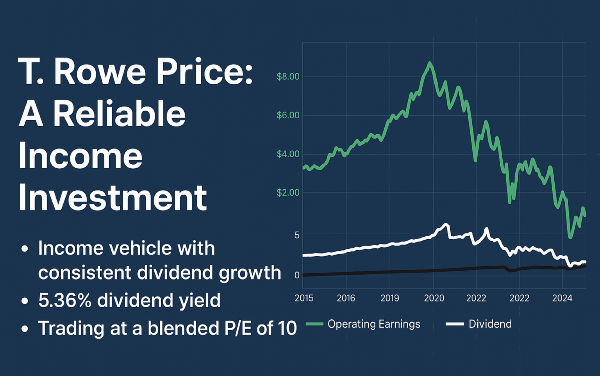
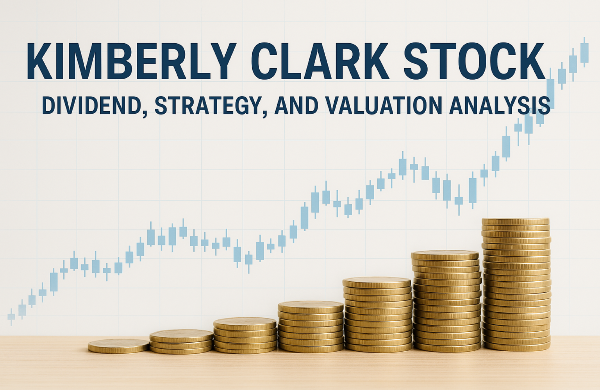

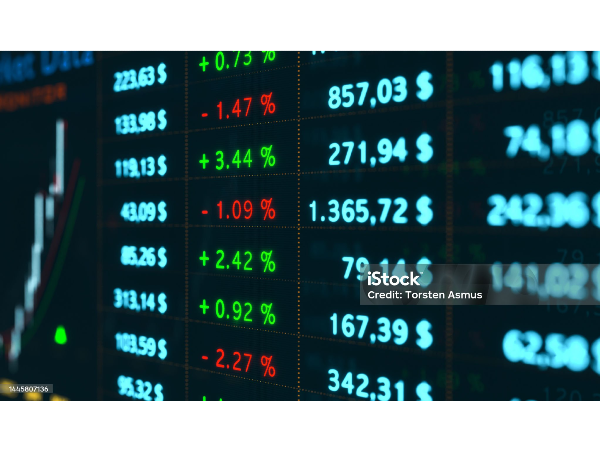


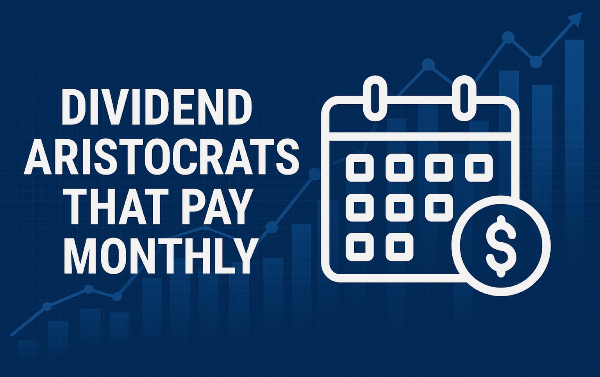
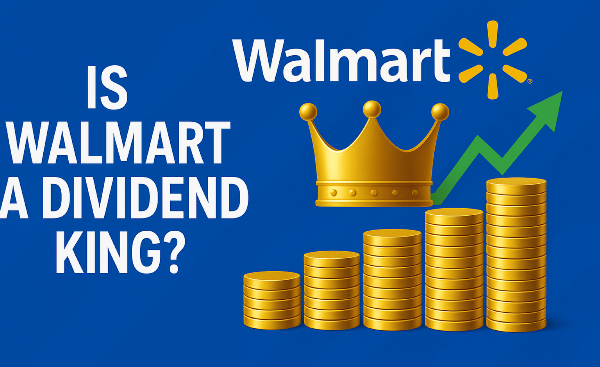
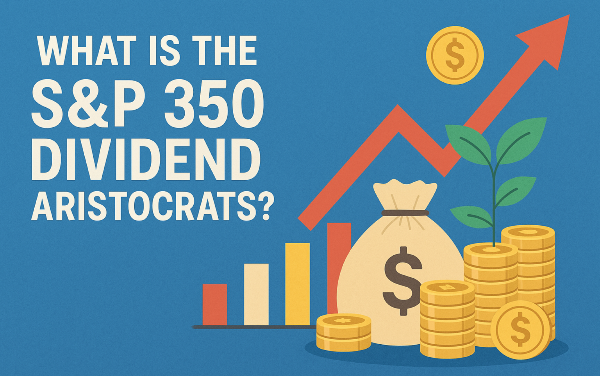
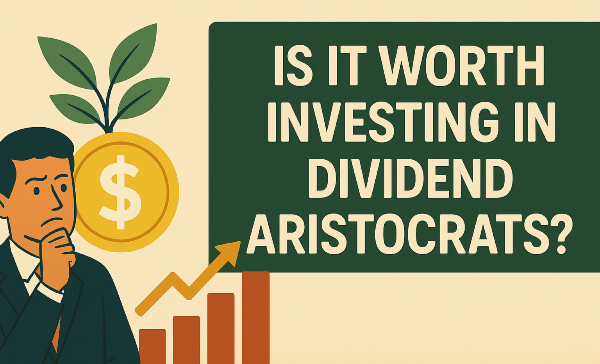
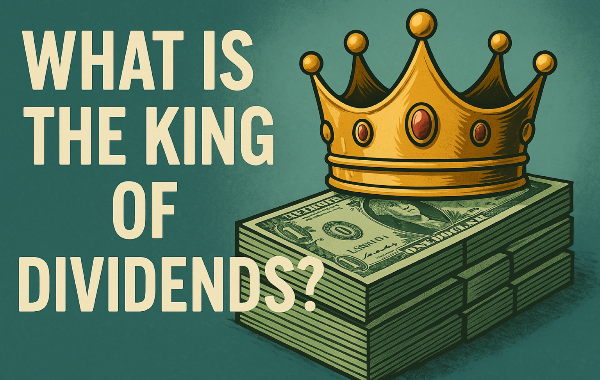
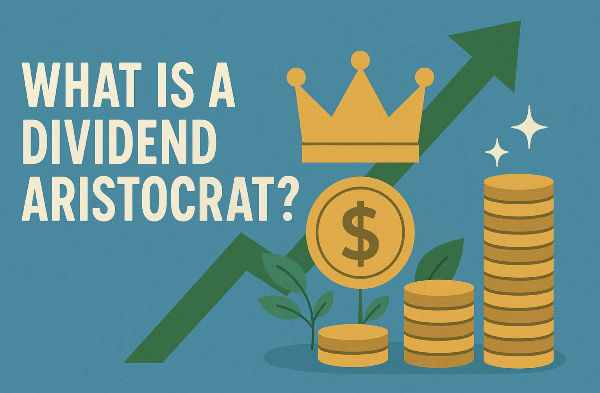
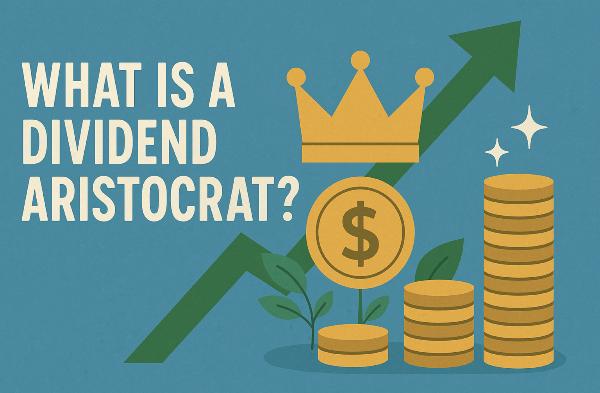
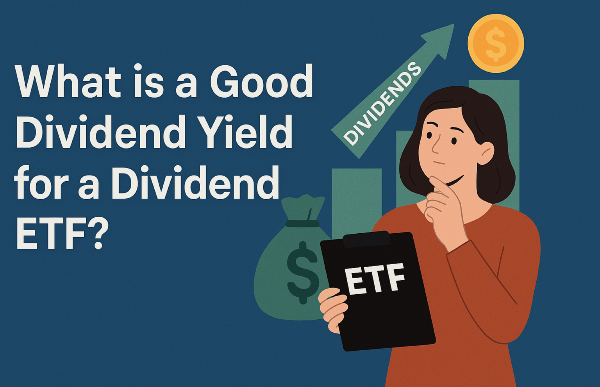
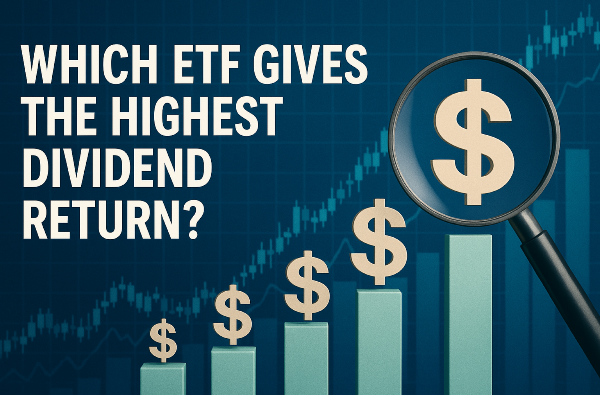
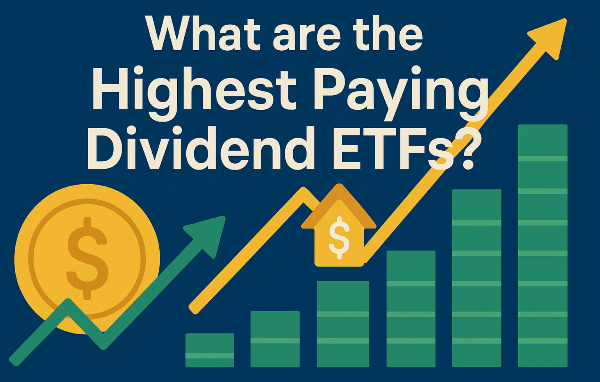
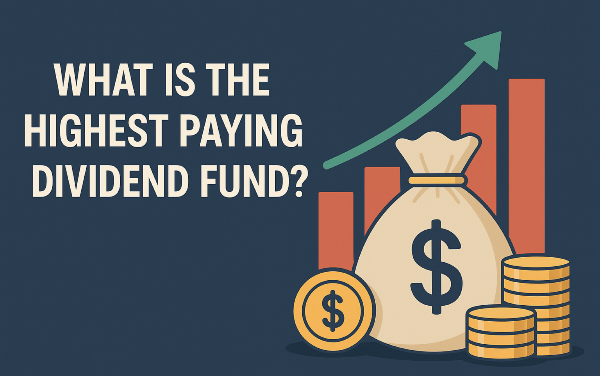
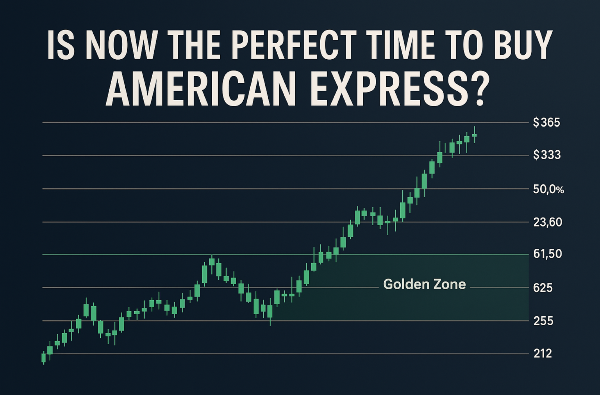








Understanding JP Morgan’s Large-Cap Strategy for Portfolio Growth
JP Morgan Large-Cap Strategy: Investment Approach and Market Insights
JP Morgan’s large-cap strategy focuses on investing in well-established companies with strong financial fundamentals and long-term growth potential. Large-cap stocks play a crucial role in portfolio management, offering stability, dividend income, and resilience during market fluctuations. JP Morgan employs a disciplined investment approach, emphasizing stock selection based on valuation metrics, risk management, and sector diversification. Their strategy aims to optimize returns while minimizing volatility, making large-cap stocks a reliable choice for institutional and retail investors seeking consistent market exposure.
Core Components of JP Morgan’s Large-Cap Strategy
JP Morgan’s large-cap strategy focuses on selecting financially strong companies with sustainable growth potential. The firm evaluates stocks based on key valuation metrics such as price-to-earnings (P/E) ratio, price-to-book (P/B) ratio, and dividend yield. Companies with stable earnings, competitive advantages, and strong cash flow are prioritized for inclusion in the portfolio. Stocks such as Microsoft MSFT and Johnson & Johnson JNJ exemplify JP Morgan’s approach, demonstrating resilience and long-term value creation.
The firm employs a disciplined approach to mitigate volatility by spreading investments across various sectors, including technology, healthcare, and consumer goods. This diversification reduces exposure to sector-specific risks while maintaining portfolio stability. JP Morgan also integrates macroeconomic analysis to adjust allocations based on market conditions, ensuring optimal risk-adjusted returns. Companies such as JPMorgan Chase JPM and Procter & Gamble PG are included for their ability to withstand economic fluctuations and deliver consistent shareholder value. Historical performance highlights JP Morgan’s success in managing large-cap investments. The firm’s strategy has consistently outperformed benchmarks by focusing on companies with strong fundamentals and growth potential. Over the past decade, JP Morgan’s large-cap portfolio has demonstrated resilience during market downturns while capitalizing on recovery phases.
Sources:
JP Morgan Asset Management
Morningstar Morgan Stanley
Benefits of JP Morgan’s Large-Cap Strategy
JP Morgan’s large-cap strategy emphasizes stability and long-term growth potential, making it a preferred choice for investors seeking reliable returns. Large-cap stocks selected under this strategy typically exhibit strong financial fundamentals, steady earnings, and market leadership. Companies such as Microsoft MSFT and Johnson & Johnson JNJ align with JP Morgan’s approach, demonstrating resilience and consistent shareholder value creation. Dividend income plays a crucial role in JP Morgan’s large-cap strategy, reinforcing investor confidence and wealth accumulation. Many large-cap stocks included in JP Morgan’s portfolio prioritize dividend payouts, ensuring steady income streams for shareholders. Companies such as Procter & Gamble PG and JPMorgan Chase JPM have maintained strong dividend yields, making them attractive for income-focused investors.
Large-cap stocks selected under JP Morgan’s strategy exhibit defensive characteristics during market downturns, providing stability when economic conditions fluctuate. Their established market presence and strong financial health enable them to withstand recessions better than smaller companies. Investors often turn to JP Morgan’s large-cap strategy as a safeguard against volatility, relying on its disciplined stock selection and risk management principles. Companies in sectors such as healthcare, consumer staples, and finance have historically demonstrated strong defensive traits, reinforcing their role as essential components of diversified portfolios.
Sources:
JP Morgan Asset Management
Morgan Stanley
Yahoo Finance
Investment Strategies for Large-Cap Stocks
A well-balanced portfolio includes exposure to multiple sectors such as technology, healthcare, finance, and consumer goods to mitigate risk. Investors often allocate a significant portion of their holdings to large-cap stocks due to their stability and consistent returns. Exchange-traded funds (ETFs) tracking large-cap indices, such as the S&P 500, provide diversified exposure while reducing individual stock risk. Companies like Microsoft MSFT and Johnson & Johnson JNJ exemplify strong large-cap investments, offering financial resilience and long-term growth potential. Balancing risk and reward in large-cap investments requires careful analysis of valuation metrics and market conditions. While large-cap stocks provide stability, their growth potential may be slower compared to mid-cap and small-cap companies. Investors should assess financial health, dividend sustainability, and sector trends before allocating capital. Companies such as JPMorgan Chase JPM and Procter & Gamble PG have historically demonstrated strong performance, reinforcing the appeal of large-cap investing.
Experts emphasize the importance of long-term investment strategies when selecting large-cap stocks. These companies often serve as foundational assets in diversified portfolios, providing security during market fluctuations. Analysts recommend focusing on financial stability, dividend yields, and sector trends to maximize returns. While short-term volatility may occur, large-cap stocks remain a reliable investment option for those seeking steady growth and portfolio resilience.
Sources:
Morningstar
SmartAsset
BlackRock
Future Outlook and Predictions
Large-cap stocks are expected to maintain steady performance, benefiting from stable earnings and strong financial fundamentals. JP Morgan’s large-cap strategy remains a key player in this space, leveraging its disciplined investment approach to optimize portfolio growth. Despite their stability, large-cap stocks face potential disruptions from emerging competitors and evolving industry trends. Advancements in artificial intelligence, fintech, and sustainable energy are reshaping market dynamics, introducing new players that challenge established corporations. Companies specializing in AI-driven automation and decentralized finance are gaining traction, influencing investment strategies. Additionally, regulatory changes and geopolitical factors may impact large-cap stock trajectories. Economic factors will play a crucial role in shaping the future of large-cap stocks.
Inflationary pressures, interest rate adjustments, and global trade policies influence corporate profitability and investor sentiment. The Federal Reserve’s monetary policy decisions affect borrowing costs and capital allocation, impacting stock valuations. Analysts emphasize the importance of tracking macroeconomic indicators to assess large-cap stock performance and optimize investment strategies. As markets evolve, JP Morgan’s large-cap strategy remains a cornerstone of diversified portfolios, offering stability and long-term growth potential.
Conclusion
JP Morgan’s large-cap strategy remains a cornerstone of portfolio management, offering stability, dividend income, and long-term growth potential. By focusing on financially strong companies with sustainable earnings, JP Morgan ensures resilience during market fluctuations while optimizing returns. As economic conditions evolve, large-cap stocks continue to provide investors with reliable market exposure and defensive characteristics. Investors seeking steady appreciation and portfolio security often prioritize JP Morgan’s disciplined approach to large-cap investing.
Expert Analysis
Strategic Insights on JP Morgan’s Large-Cap Investment Approach
JP Morgan’s large-cap strategy is built on disciplined stock selection, risk management, and long-term value creation. Their focus on financially strong companies with sustainable growth ensures portfolio resilience. While large-cap stocks provide stability, investors should monitor sector trends and macroeconomic shifts to optimize returns. JP Morgan’s approach remains a benchmark for institutional and retail investors seeking reliable market exposure.
📌Read More About:
Top Large Cap Stocks- https://stockbossup.com/pages/topics/large-cap
What Are Large US Cap Stocks?- https://stockbossup.com/pages/post/39045/understanding-large-us-cap-stocks-and-their-market-influence
How Many Large Cap Stocks Are There?- https://stockbossup.com/pages/post/39123/how-many-large-cap-stocks-exist-market-trends-and-investment-insights
🌐Global & Industrial Picks:
What is the ClearBridge Dividend Strategy?- https://www.stockbossup.com/pages/post/38870/clear-bridge-dividend-strategy-maximizing-income-and-growth
Is the S&P 500 All Large-Cap?- https://www.stockbossup.com/pages/post/38792/is-the-s-p-500-exclusively-large-cap-understanding-market-composition-and-investment-strategies